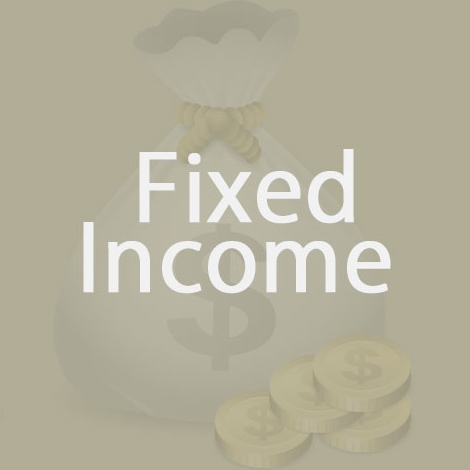
A rise in popularity of fixed income ETFs as investors chase higher yields at a lower cost: Global X ETFs
Australian investors have faced turbulent economic conditions in recent years. As global central banks raised interest rates at one of the fastest paces on record in 2022 and 2023, volatility has rippled across share and bond markets. Paired with a cost-of-living crisis and Australia’s ongoing battle against inflation, investors are seeking relief.
However, the team from Global X ETFs believes there is good news for those who want to alleviate some of this financial pressure, as higher interest rates have put the “income” back in fixed income.
Why invest in fixed income ETFs?
A challenging climate has triggered investors to opt for more low-cost investment options that offer reliable returns, and ETFs have stolen the limelight from managed funds at this pivotal moment for fixed income.
Fixed income ETFs can empower investors to achieve reasonable yields from fixed income securities without taking on the higher volatility and market risk from conventional stocks.
Additionally, they now provide stronger defensive characteristics during potential market downturns, as they can offer income to help cushion the impact, while a flight to safety could drive fixed income prices higher.
Despite inflation being more persistent than expected, it is widely anticipated that interest rates among developed market nations will fall over the next 12-18 months. Since fixed-rate bond coupons have an inverse relationship with interest rates, lower interest rates could make existing fixed-rate bonds more attractive, potentially leading to higher prices and capital gains for investors.
Promising market outlook driving spike in fixed income ETF flows
This positive outlook has already resonated with ETF investors. The fixed income ETF market in Australia has seen significant growth over the past decade, reflecting a widespread desire among investors to incorporate lower-cost investments into their portfolios:
- Currently valued at approximately $28 billion, fixed income ETFs now constitute 14% of the total Australian ETF market, a substantial increase from the 7% market share they held ten years ago.
- Notably, in 2023, the inflows into fixed income ETFs were on par with those into equity ETFs for the first time ever.
- An impressive $6.5 billion was invested into fixed income ETFs in 2023, representing 43% of the total market flows, the highest proportional level recorded.
- Moreover, there has been an increasing number of fixed income managed funds experiencing outflows, underscoring the structural shift from high-cost to low-cost investing in more transparent and tax-efficient structures like ETFs.
- While the vast majority of fixed income ETFs have enjoyed positive net flows so far in 2024, over 50% of actively managed fixed income managed funds have seen investors pull their money out.
The fixed income component of the Australian ETF market has seen increasing product availability (now over 70 products available) with new innovative solutions being launched to help cater for Australian investor needs.


